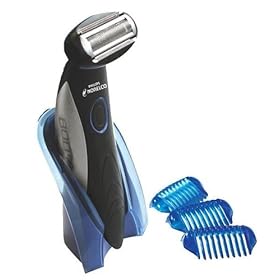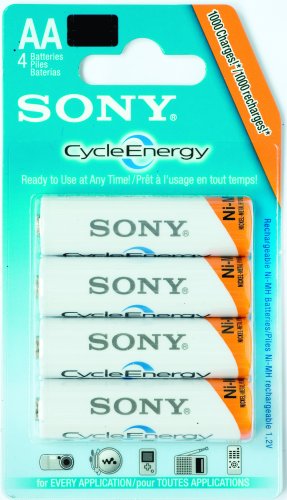New UPS Battery
Recently the power went off and the UPS failed to operate for more than a few seconds. The battery needed replacing (they last only a few years). There is a separate battery compartment with a cover held n by one screw, so they are reasonably easy to replace. Care should be taken with a UPS, as it can generate dangerous high voltages, even when disconnected.
Gel lead acid batteries are sold by electronics shops, so I thought it would be reasonably easy to get a replacement. Unfortunately the commonly avialable batters are the same dimensions as the Panasonic, but 10 mm longer. As a result the replacement would not fit in the case.
Rather than buy the batter 10mm larger, I decided to buy an even bigger one. The Panasonic unit has no capacity marking on it but appears to be about 4 AH (Ampere Hours). I noted that there was a sweat spot at 7.5 AH: the smaller batteries did not seem to be much cheaper and the larger batteries got significantly more expensive from this point on. The 12 volt 7.5 AH batteries are the size used by many UPS, home burglar alarms and the like.
So I bought a battery from Adelong in Sydney for AU$22.85. This has the same connectors as the smaller battery. I then just need to cut a hole in the side of the battery compartment to fir the larger battery. It will not be elegant, but should work longer than the original.
By the way, you should, in general, not replace a rechargeable battery for one of a different voltage, size or chemistry. Also you need to take care you connect the battery terminals the right way around. The gel batteries have no polarised connectors: you can connect it the wrong way around. If you use the wrong battery, or connect it the wrong way, the result could be an explosion and fire. However, for those with the skills and confidence, replacing the battery in the UPS can save a lot of money.
Labels: batteries, power saving, UPS













